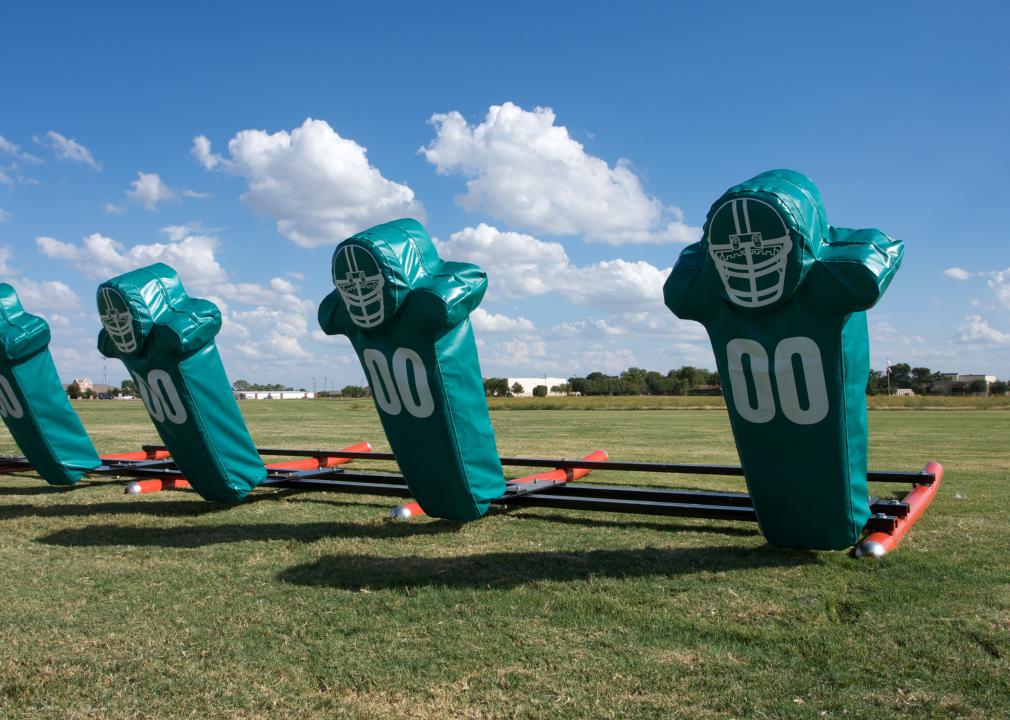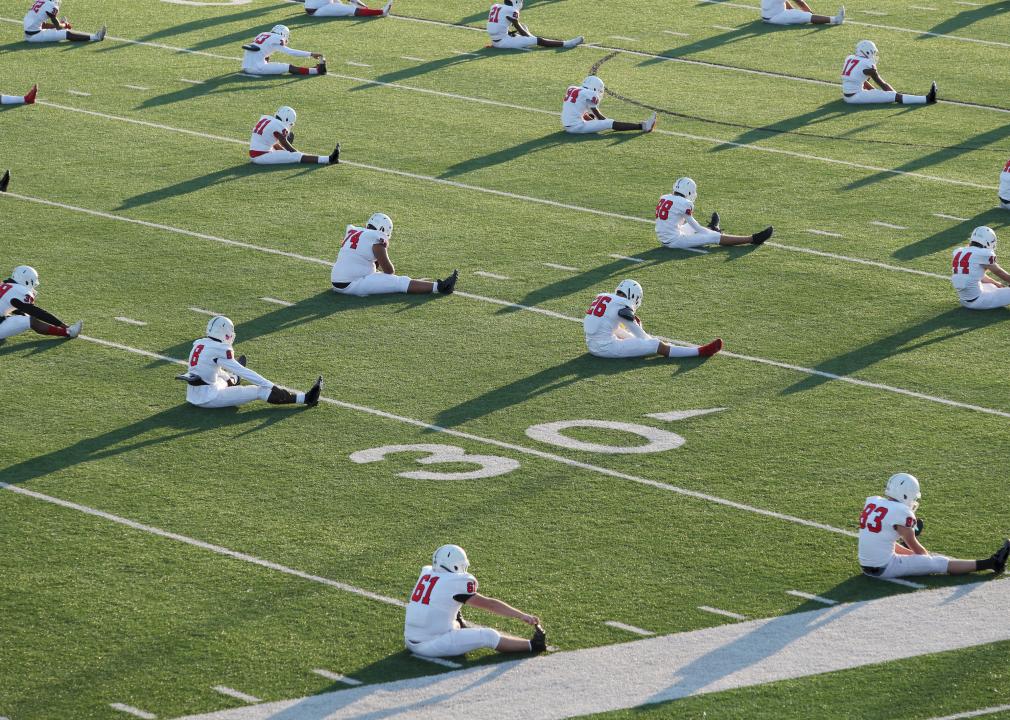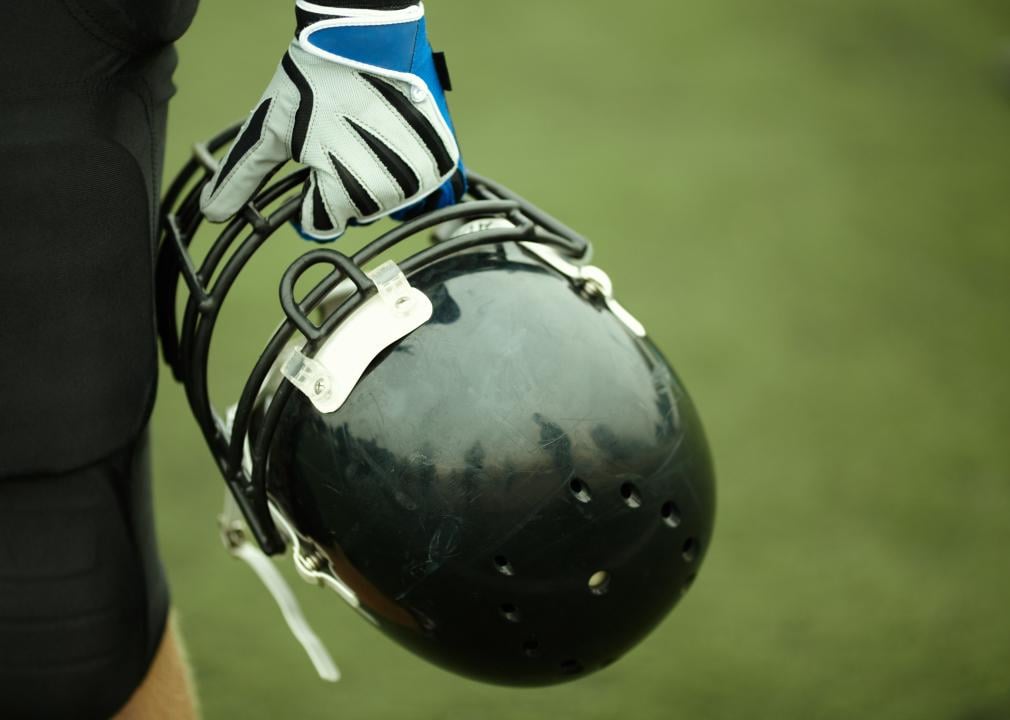
Introduction
Few would dispute that Nike (NYSE:NKE) remains one of the most iconic brands in athletic fashion, with a track record of defining culture, bringing impressive levels of innovation, and delivering at scale globally. However, 2025 is proving to be a challenging year for many of the world’s largest retailers, with mounting pressures from geopolitical tensions, rising threats to supply chains, and uncertain trading conditions. I see shares in the company trading close to fair value, so while Nike is likely going nowhere any time soon, the catalysts that have made it investible over the last few decades are not really working for now.
Company Overview
One of the most instantly recognisable brands in the world, Nike has been designing, marketing and selling athletic footwear, clothing, and equipment since 1964. It generally operates across direct to consumer sales channels, delivering just over $50 billion in revenue in FY24. Net margins during this period were a solid 9%, well above the median average of peers at 5%. However, there will be concerns that this growth appears to be faltering, with the share price down over 35% in a year, forward revenues expected to drop by 4%, and EPS sliding 16%. Following the events of the pandemic, a shift towards direct to consumer business was meant to deliver premium margins and a closer relationship with customers. Although there were signs in previous quarters that this was developing, the wider economic landscape globally has taken a significant toll on the balance sheet. Rising costs in logistics, weakening demand, and discounting from competitors have all hit margins more than management would have liked to see.
With so much of the company’s logistics network in China, Vietnam and Indonesia, the recent tariff tensions have put enormous stress on the profitability analysts are expecting over the coming years, with some suggesting that as much as [url=”]95[/url]% of profits could be at risk in the worst case scenario.
Of course, Nike is not the only company dealing with this landscape, but with newer brands amassing loyal followings from social media and more dynamic brand campaigns, firms such as Lululemon are seeing surges in key markets, such as women-led athleisure. Nike is clearly making moves to correct this, with a partnership with [url=”]Skims[/url] likely to roll out in 2026, but it suggests that the firm is perhaps on the backfoot with these emerging trends.
The Bull/Bear Balance
That said, there is enormous strength in the Nike brand, with a track record of cash-generation, innovative campaigns, and huge deals with athletes such as LeBron James and Kylian Mbappe. From an investor perspective, the 2.7% dividend yield adds a decent level of appeal alongside a strong balance sheet, especially in a period of market transition where some of these newcomers appear to be losing share even faster than some of the more established players.
From my perspective, the real weakness comes from relatively weak momentum and a rather expensive valuation. With a forward P/E sitting at about 31x, EV/EBITDA at 16x and P/S at about 2x, the company’s key metrics are at a decent premium despite not necessarily having the growth to justify them. Following the latest Q4 earnings report, which indicated that inventory clearance is underway, many analysts have slashed expectations, with management forecasting revenue decline of between 8-10%.
Digging into the valuation, I’ve developed a discounted cash flow (DCF) model based on the following inputs:
- Terminal growth: 2.5% based on industry,
- WACC: 8% based on industry and peers,
- Revenue CAGR 5Y: 2%,
- EBIT Margin: approx. 11%.
With these assumptions applied, a fair value of shares comes to about $52 per share. This can be closer to $62 in a more optimistic scenario where top line growth exceeds 5%, and with 13-14% margins, but even in this case, I’d not expect to see much more than 10% returns for investors in the near-term.
Looking across the market to peers with slightly more appealing valuations, such as Adidas with P/E of 15x, I feel that it is hard to get excited about this premium as a new investor.
Analyst Perspectives
Of course, there are plenty of reasons to justify both perspectives, and the divided ratings from Wall Street reflect this well. With 63% of analysts now appearing to be behind Buy or Strong Buy ratings, and 35% holding neutral ratings, I appear to be in the relative minority on the bearish side of the spectrum.
Recent upgrades in the Nike coverage from analysts match this, with about 23 upward revisions for EPS guidance, and just 4 downgrades, suggesting that cost control and potential products reflect opportunities looking ahead. That said, top-line expectations for revenue forecasts have been much more negative.
From my perspective, I have my eye on the next earnings report on June 27th. Investors will be keen to understand the latest inventory levels and strategy for approaching markdowns going forward, but mostly will look to the trend in gross margins.
I’d also want to see some more promising performance, particularly in the critical Chinese market, and hear some progress towards new innovations which will keep investors on-side. Investors will likely want to hear exactly where margin targets are landing for management, and the response being taken to fierce competition across multiple sectors.
Closing Thoughts
By no means is the investor thesis for Nike broken, but I fear that it is nowhere near as strong as the valuation may justify. It is still an elite brand across multiple markets, with strong profitability and operational discipline during a volatile period.
However, I feel that it is far from an automatic pick for investors at present, with growth looking uncertain, and a valuation which leaves little room for error. Investors may be rewarded for patience at this stage, especially if innovation and cost control works out in a negative market backdrop, but I suspect there may be safer opportunities elsewhere. Until management are able to present tangible evidence that revenue is accelerating, and that the brand is moving ahead of leaner competitors, I’ll be keeping my distance.
6
![]()
























 (via thejrhmedia/IG)
(via thejrhmedia/IG)















































 BREAKING: NBA MVP Shai Gilgeous-Alexander signs the RICHEST annual salary in league history
BREAKING: NBA MVP Shai Gilgeous-Alexander signs the RICHEST annual salary in league history